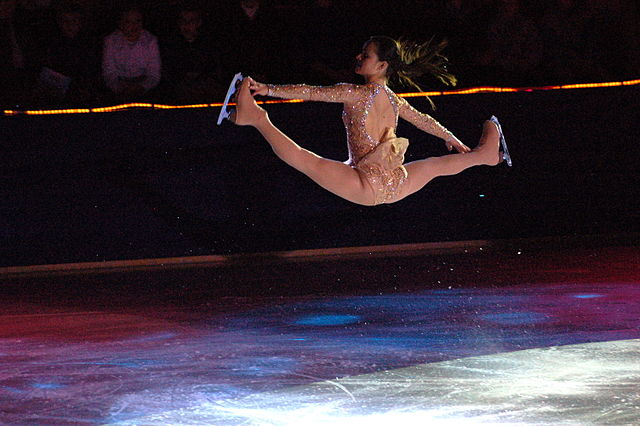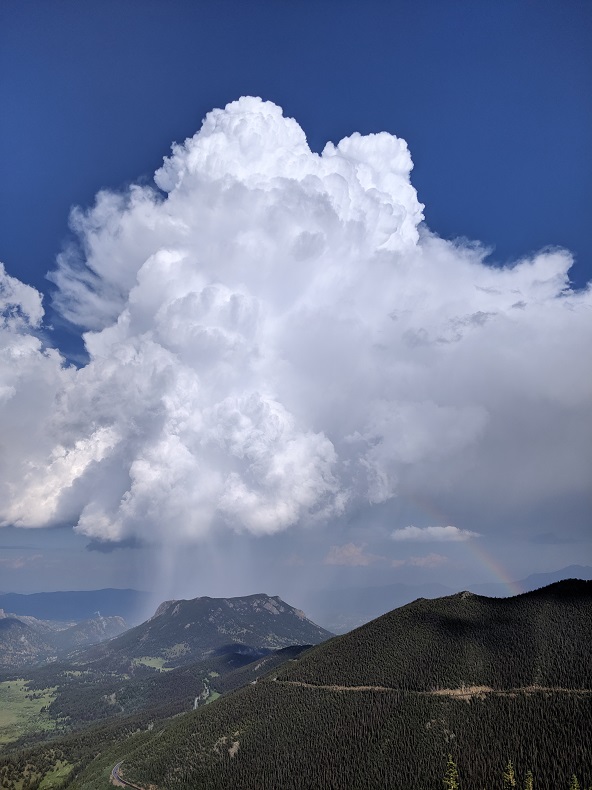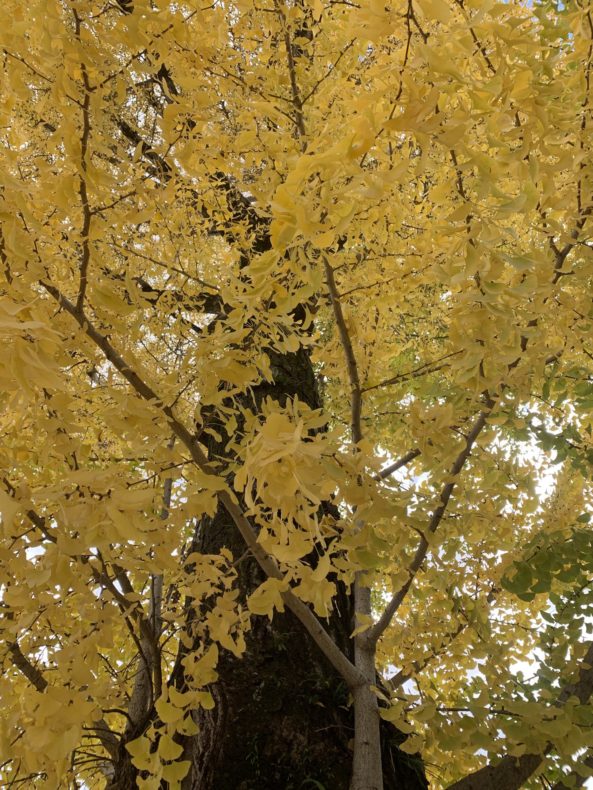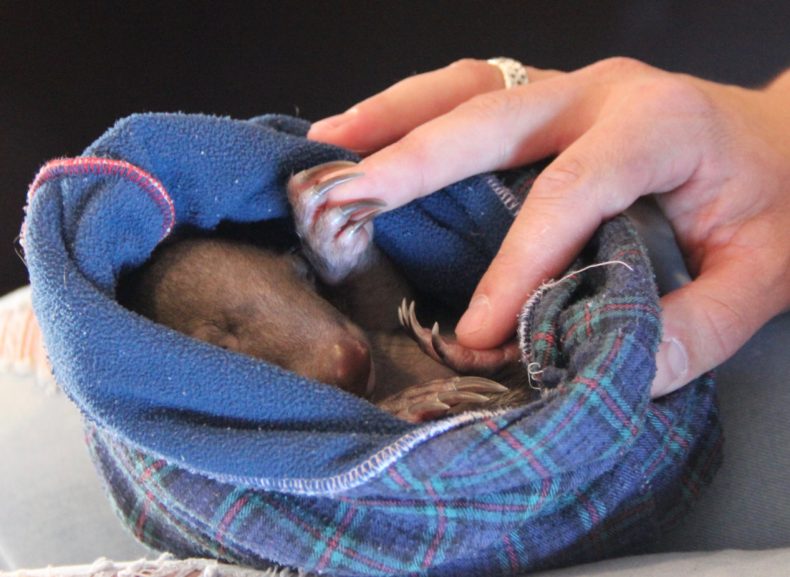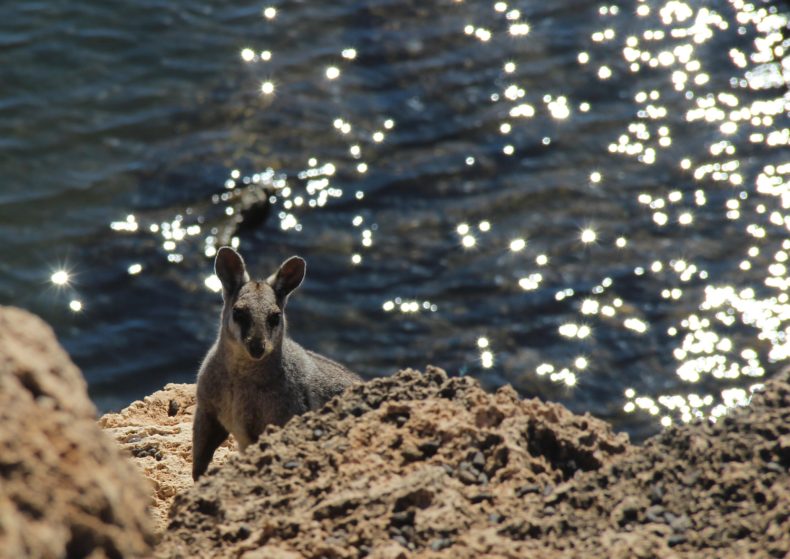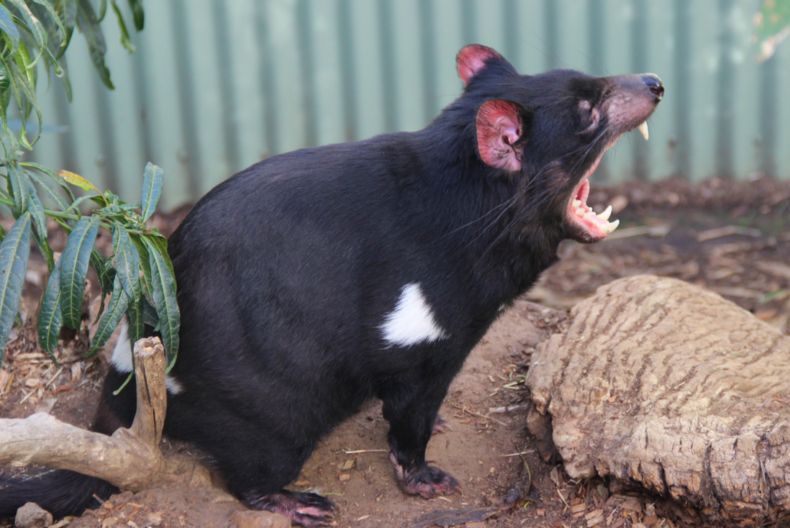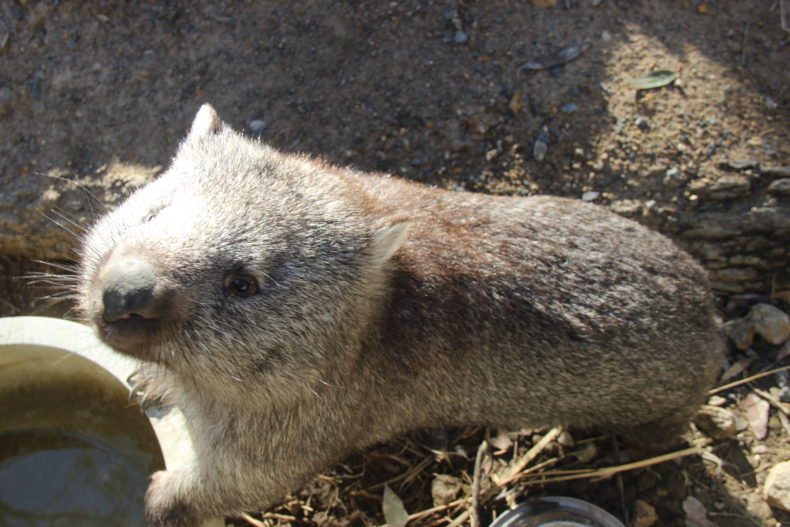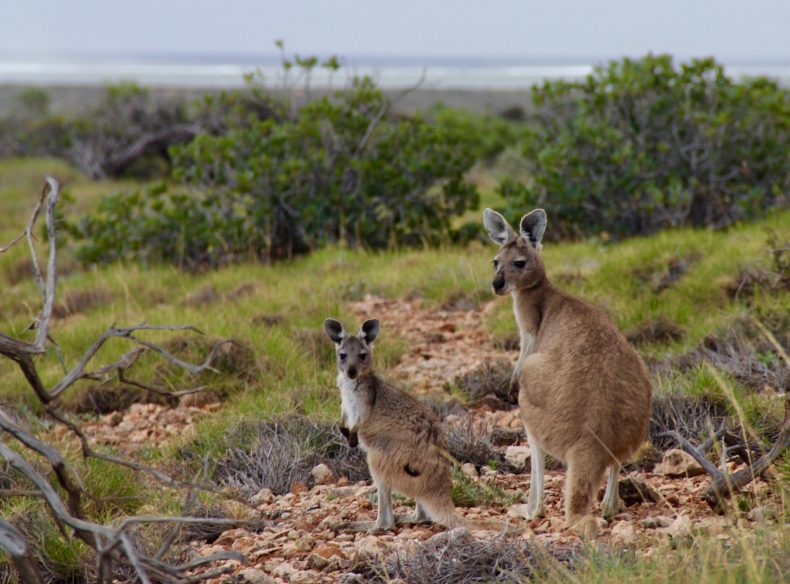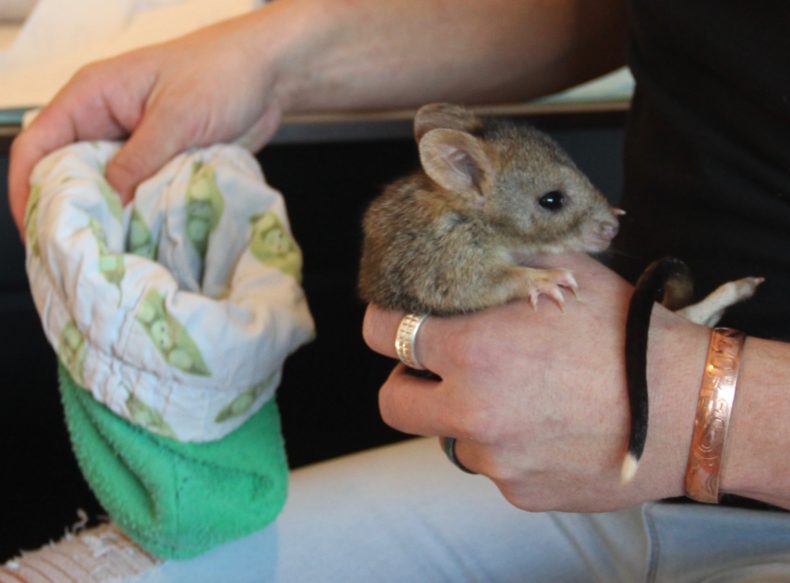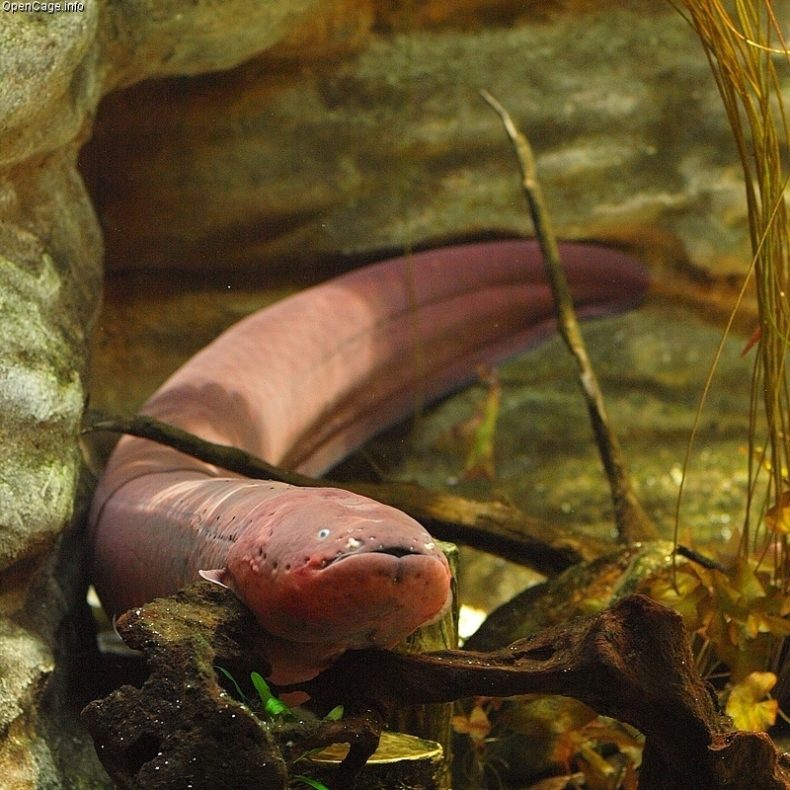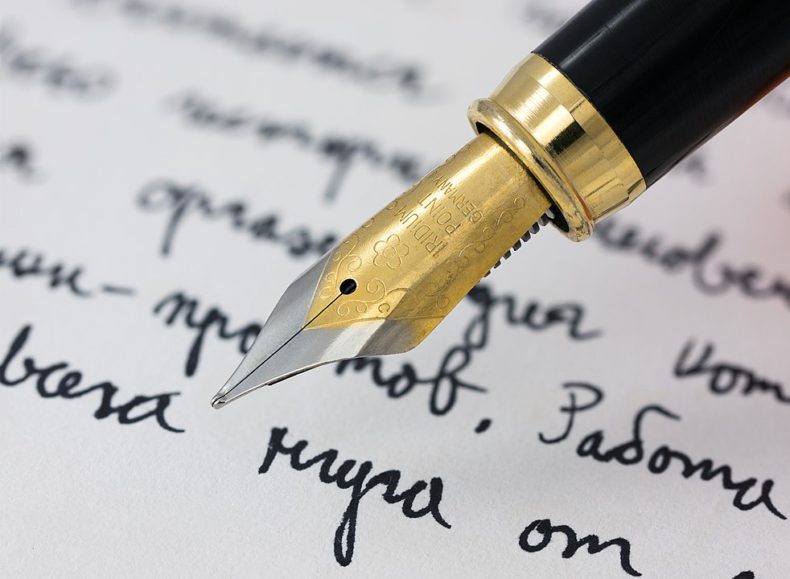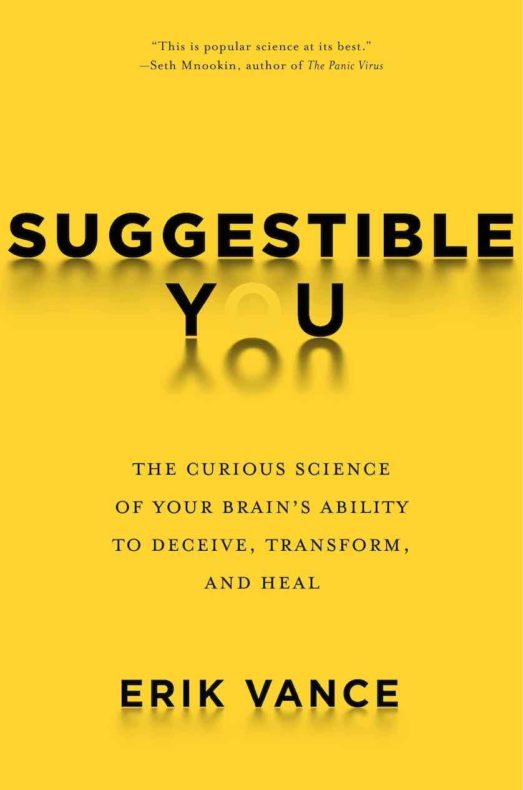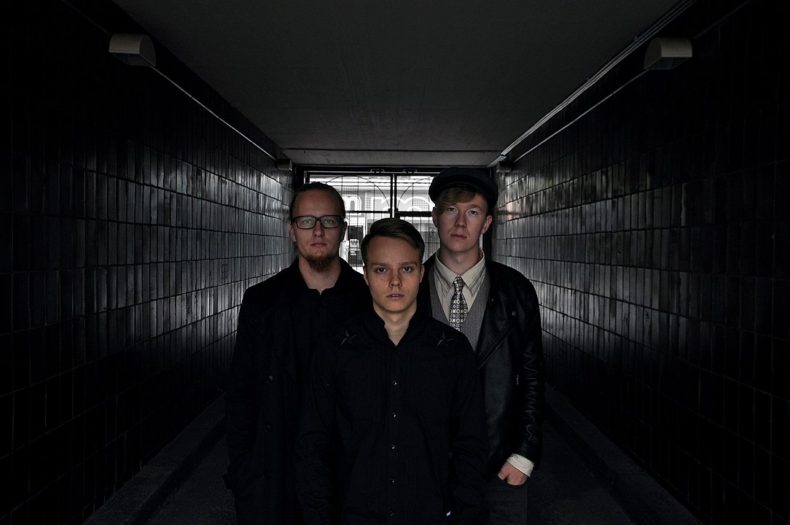
This post appeared about a year ago, when I first joined LWON. I’m reposting it now because the Boschian horror that is ice skating season has crept up on me again, and I still don’t have disability insurance.
“This is a nightmare,” I said to my boyfriend as we walked up to a skating rink in El Dorado Hills, California. The “Family Friendly Winter Wonderland” was in a shopping mall surrounded by faux-Tuscan mansions, and the rink was packed from barrier to barrier. Pete promised peppermint bark and beer if I stuck with our plan, though, so we went ahead and rented skates.
A miniature choo-choo train chugged around the perimeter of the rink, packed with gleeful little boys. Parents lounged around the rinkside bar, day-drinking under heat lamps. No one else seemed concerned about the list of sponsors on the rink’s barrier: Marshall Medical Center, Thayer General Surgery, the West Coast Joint and Spine Center.
When Pete asked me to go ice skating with him over the Christmas holiday, I feigned excitement. Pete grew up in rural Pennsylvania and learned to ice skate as a kid. I grew up near Sacramento, California, where it hardly ever snows. Despite living an hour away from ski resorts in Tahoe, I have never mastered any sport that involves attaching blades, boards or wheels to my feet.
I wanted to be enthusiastic. But then — perhaps my fellow science journalists will relate to this — I made the mistake of entering “ice skating” into PubMed, the United States National Library of Medicine’s online database.
“Did you know that hundreds of people have been poisoned by carbon monoxide emissions from Zamboni machines at indoor ice rinks?” I asked Pete one evening, as I downloaded a case study about a girl who got impaled with an inline skate in the vagina.
There were dozens of epidemiological studies tallying the injuries associated with ice skating, ranging from broken wrists to fractured skulls to infectious warts of the feet. Many had clever titles like: “A chilling reminder: Pediatric facial trauma from recreational winter activities,” and “Skating on thin ice: a study of the injuries sustained at a temporary ice skating rink.”
Temporary ice rinks like the one in El Dorado Hills, I found, can seriously strain the capacity of local emergency rooms. Going to a rink where alcohol is served increases injury risk, as does being an adolescent boy or a beginner. “The research suggests it’s my civic duty not to go ice skating,” I told Pete.
He wrapped compression bandages around my wrists and helped me hobble onto the ice. “This is going to be the longest hour and a half of my life,” I thought, clinging to the barrier. Kids were hurling themselves across the skating rink at knee-height, apparently intent on taking down as many adults as possible. From the vantage of the beer garden it must have been hilarious. (See Christie’s post on why falling is so funny.)
Remembering the boy with undiagnosed hemophilia who hemorrhaged after a freak skating accident in New Hampshire, I focused on not slicing any of the children with my skates. Pete glided up beside me, looking composed and carefree. He tried to start a conversation. “Can’t talk,” I growled. “Ice skating.”
Some of my apprehension came from chronic lower back pain, which developed in my early thirties and may have started with a hoola hooping accident. I was at a party watching a twenty-something levitate the hoop with her hips and got a little competitive. “Hold my beer,” I said to a friend, and threw my back out with the first gyration. Sometimes, when the pain flares up, it’s excruciating to reach the toilet paper.
I contemplated the children tumbling across my path. They were not focused on preserving their ability to walk or go to the bathroom. They were not thinking about their anemic health insurance plans, or mentally calculating what a 40% copay for a wrist fracture would cost. Ah, to be young, and let parents pay for emergency room visits!
So focused on not falling was I that the power ballads blaring from the rink’s loudspeakers barely penetrated my consciousness. By a third lap I had gained some balance, however, and started listening to the music. I hummed along to “Friday I’m in Love,” summoning my inner teenager. Humming helped tune out the voice in my head screaming HOW WILL YOU TYPE IF YOUR WRISTS ARE BROKEN?! , and I let go of the barrier.
By the end of “Born in the USA” I had completed a full circumnavigation of the rink, unsupported. As I completed a fifth loop, Pete zoomed up beside me and offered me his hand. We skated until the sun went down and the neon rink lights came on, turning the ice lurid purple. As “Don’t Stop Believing” exploded from the loudspeakers, I released Pete’s hand and did a final victory lap. I made my New Year’s resolution: In 2019, I’ll buy disability insurance.
